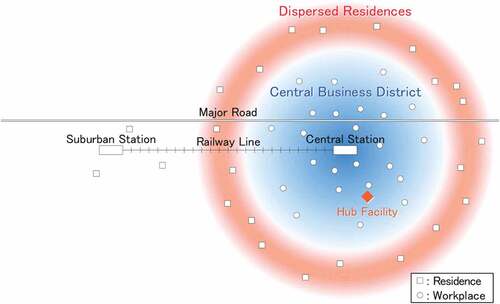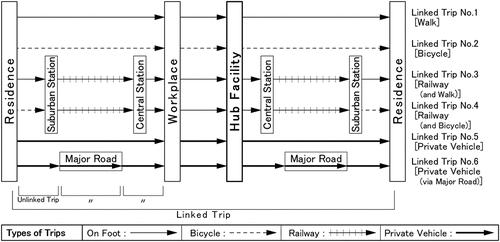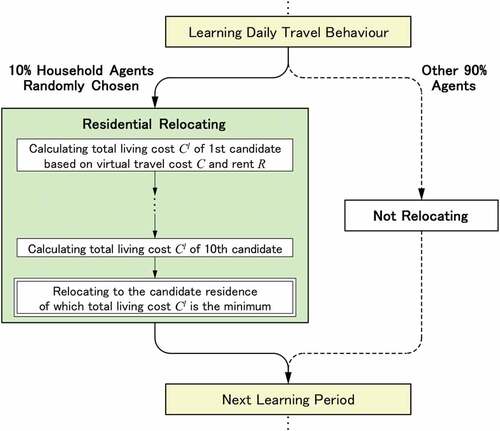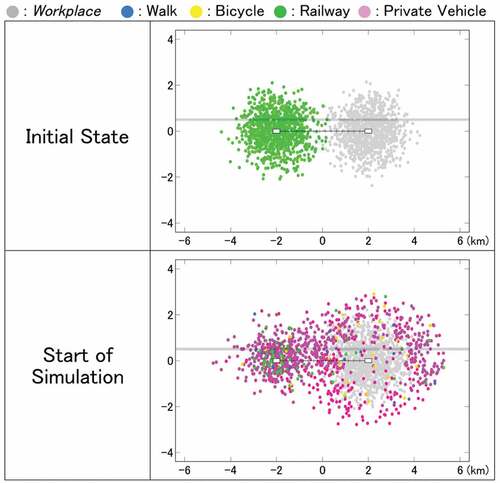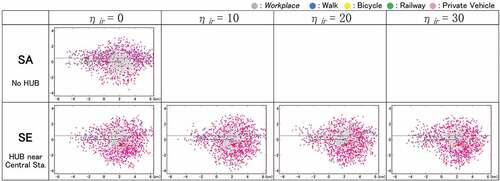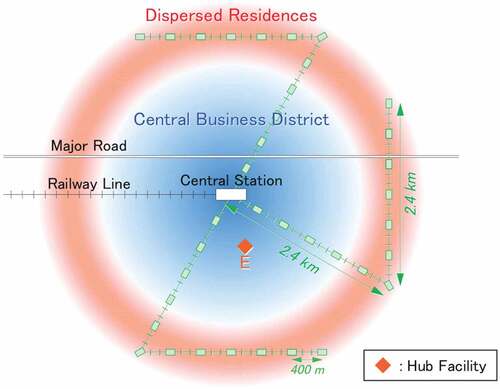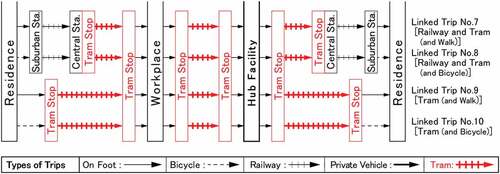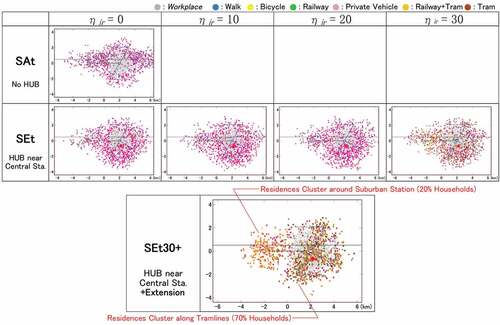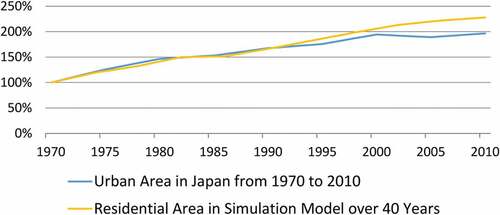Figures & data
Table 1. Parameter settings based on socio-demographic data and other statistics published by official institutions (Ministry of Land, Infrastructure and Transport Citation2017; MIAC Citation2017) and previous studies (Taniguchi et al. Citation2010; Nagai and Kurahashi Citation2021).
Table 2. Value of each indicator at the initial state and the start of the simulation.
Table 3. Results of each indicator in experiment 1.
Table 4. Results of each indicator in experiment 2.

